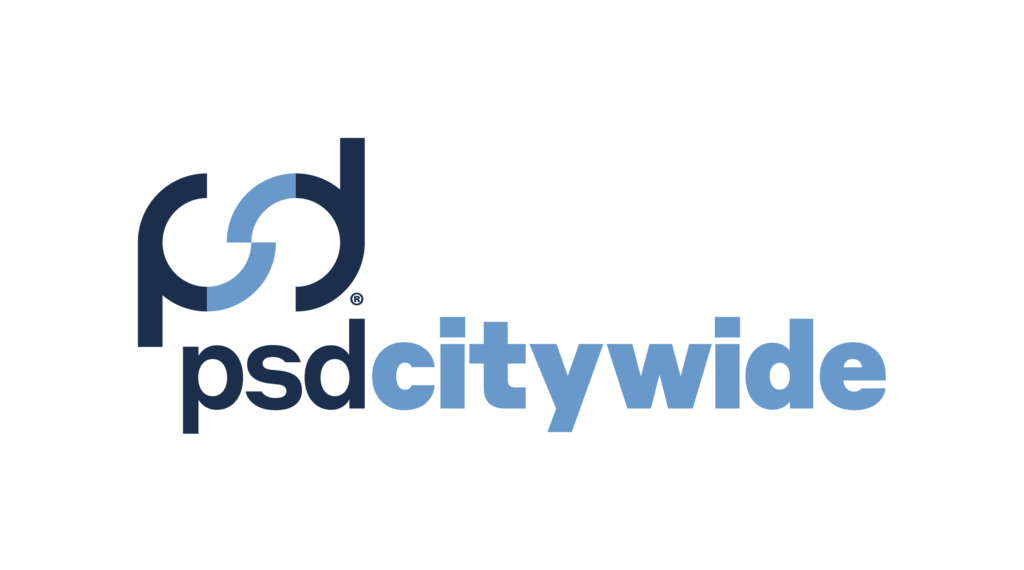As local governments grow and evolve, managing infrastructure becomes more complex. Roads, water systems, buildings, parks, and equipment are all critical to community well-being—and maintaining them requires more than reactive fixes. It demands a proactive, strategic approach grounded in data and long-term planning.
Managing infrastructure assets efficiently isn’t just about keeping services running smoothly. It’s about delivering value to residents, ensuring fiscal responsibility, and building resilient, sustainable communities for generations to come.
That’s where the right asset management software makes all the difference.
A well-designed solution empowers staff with the tools to assess asset conditions, plan maintenance, prioritize capital investments, and align decisions with broader organizational goals. But with so many platforms available, how do you know which one is right for your organization?
To help you make a confident and informed decision, here are five key considerations every local government should keep in mind when selecting asset management software:
1. Support for Strategic Asset Management
Asset management today is about more than creating inventories—it’s about aligning infrastructure with community outcomes. Your software should support the goals laid out in your Asset Management Plan (AMP) and enable you to meet local regulatory requirements, model lifecycle costs, and manage risk over the long term.
Strategic asset management also means tying infrastructure decisions to levels of service and performance measures. Whether you’re planning capital improvements or identifying service gaps, the system should help you move from reactive maintenance to proactive, data-driven planning.
2. Ease of Use and Adoption Across Departments
Asset management touches every part of a local government—from Public Works and Engineering to Finance, Administration, and beyond. That’s why ease of use is so important. The platform you choose should be intuitive for both technical and non-technical staff, support mobile access for field teams, and offer role-specific views and workflows.
Widespread adoption across departments increases data accuracy, breaks down siloes, and fosters collaboration—all key ingredients for a successful asset management strategy.
3. Seamless Integration with Existing Systems
Most local governments already use multiple tools and platforms—GIS, financial software, maintenance management systems, and more. Your asset management software should connect seamlessly with these existing systems to ensure data flows efficiently, eliminate duplication and potential errors, and support more coordinated planning.
An integrated approach provides a more complete picture of your infrastructure—from spatial data and work history to cost tracking and performance trends—enabling better decisions at every level.
4. Powerful Reporting Tools
Clear, credible reporting is essential for communicating needs to council, applying for funding, engaging with the public, and guiding internal decision-making. Your software should transform raw data into actionable insights—generating visual dashboards, customizable reports, and defensible metrics that support transparency and accountability.
From showing the cost of deferred maintenance to demonstrating how investment levels affect service delivery, good reporting tools are the foundation of informed leadership.
5. Scalability and Ongoing Support
Local government needs are never static. Whether you’re just beginning your asset management journey or advancing toward full maturity, your software should scale with you. Look for a solution that allows you to start with core features and expand over time as your team, data, and planning processes grow.
Equally important is choosing a vendor who understands the public sector and will provide ongoing support, training, and guidance. Asset management is a long-term commitment—and your software partner should be one, too.
Making the Right Choice for Your Community
Investing in asset management software is a pivotal step in strengthening infrastructure, informing budgets, and delivering better outcomes for your residents. The right system can help your local government turn siloed data into a unified strategy, align capital planning with community priorities, and build a more resilient, financially sustainable future.
Don’t just take our word for it—see it in action.
Learn how the City of Port Coquitlam leveraged Citywide Assets to advance their asset management program and improve long-term planning.
How PSD Citywide Can Help
At PSD Citywide, we specialize in helping local governments build strong, sustainable asset management programs using dedicated software solutions. Our Citywide Enterprise Asset Management (EAM) software solutions are purpose-built for the public sector—designed to help you manage assets, track service levels, forecast capital needs, and support regulatory compliance.
We offer more than just technology. From onboarding and training to ongoing support and advisory services, we work closely with your team to ensure the system delivers real value and grows with your needs. With a strong foundation in municipal data and planning, we’re proud to partner with local governments across North America to drive better infrastructure outcomes.
Is your asset management software aligned with your goals?
Download our free checklist to find out in minutes.



